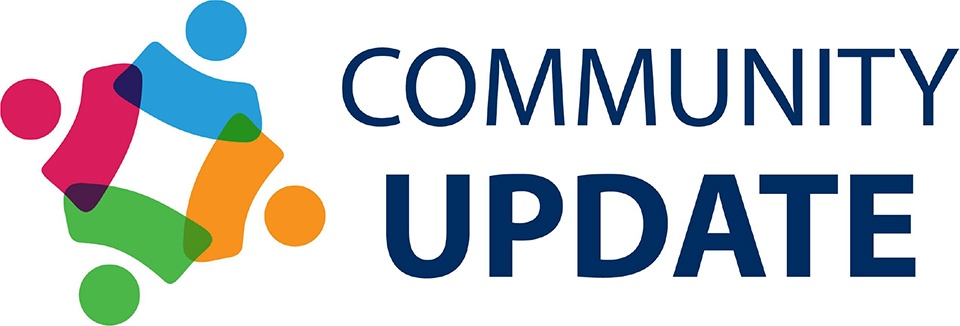Records Shed Light on Program Pairing Cops with Mental Health Professionals

This story is being republished under a special NJ News Commons content-sharing agreement. Link to story: newjerseymonitor.com/2024/03/18/records-shed-light-on-program-pairing-cops-with-mental-health-professionals
Documents from the state Attorney General’s Office show a program— first used in Cumberland County—that pairs police with mental health professionals to respond to crisis calls resulted in fewer arrests and uses of force in two New Jersey counties.
The documents were released this month after the office fought the New Jersey Monitor and The Record of Bergen County in court for nine months to shield them from public view.
The program—Arrive Together, which stands for Alternative Responses to Reduce Instances of Violence and Escalation—partners a community-based mental health counselor or screener with a plainclothes police officer in an unmarked car during certain mental or behavioral health calls.
People in mental crisis or with untreated serious mental illness are likelier to interact with and be killed by police, with experts estimating at least a quarter of fatal police encounters involve people with mental illness. The Arrive Together program is intended to defuse such encounters, keep people out of the criminal justice system, and connect them with community services.
It launched in Cumberland County in December 2021 and is now operational in all 21 counties.
In his budget address last month, Gov. Phil Murphy announced he aims to spend another $9.5 million next year—nearly twice what’s now budgeted—to implement the program in more municipalities and expand the hours the teams operate. Crisis-response teams have reported more than 2,100 interactions since the program launched, according to a budget summary.
The Brookings Institution, a Washington, D.C.-based nonprofit where Attorney General Matt Platkin once worked as a policy adviser, examined the program and issued a laudatory report last year. Researchers analyzed 342 calls in Cumberland and Union counties between the program’s launch and mid-January 2023 and concluded the program “shows much promise and should be expanded and examined across the country.”
Platkin’s office initially denied the New Jersey Monitor’s requests for the records Brookings based its study on, but a judge last month ruled they must be released, allowing redactions to protect the privacy of people the program has served.
A portion of Union County’s call log from Arrive Together program.
A call log from Union County listed 626 calls made in 2022, with brief, misspelling-riddled descriptions for less than a third of those calls.
Another document contained narratives from 82 cases, where callers reported a hodgepodge of concerns. Mental illness, substance use, and domestic disputes were common threads in many of those cases.
Multiple calls arose from suicidal juveniles, people with dementia, people experiencing homelessness, missing people, neighbor disputes, nonviolent activity like shoplifting and panhandling, military veterans, and people with workplace and child custody frustrations.
Of the 82 cases, two cases resulted in uses of force, the reports show. In one, the crisis-response team used force to end “a struggle” and handcuff a suicidal juvenile who refused to get in an ambulance to go for a full crisis evaluation. In the other, an officer and screener responded to a report of a disorderly person at a school basketball game; the woman “became irate” during their psychological evaluation, expressed suicidal thoughts, and bit the knee of a trooper trying to handcuff her for medical transport.
Six cases resulted in arrest, half for outstanding warrants, one for shoplifting, and one for assault of a family member. A reason for the sixth arrest was not provided.
Crisis response teams more often interacted with people during proactive outreach and follow-up visits, rather than actual 911 calls, records showed.
In most cases, the teams provided information to connect people with community-based services or left after determining the people posed no danger to themselves or others. They also often ordered transport to hospitals for people in psychiatric crisis or sick from drug use. They responded mostly to homes, but also to group homes, nursing homes, [convenience stores], schools, motels, a mall, a gas station, and a bus stop.
There were also some unusual calls, like a team dispatched to check on someone who sent multiple letters to Rowan University. “Individual said he was exercising his First Amendment right and did not mean to cause alarm. No further action taken,” the narrative notes.
The documents show the interactions also had some unexpected outcomes.
In one case, a call for a welfare check on a woman with anxiety ended with the trooper picking up her new cell phone from the post office and fixing a broken toilet and the screener setting up her new phone.
Another call ended with the subject, who had previously interacted with the crisis-response team, writing the screener a poem.









